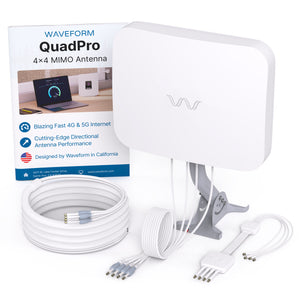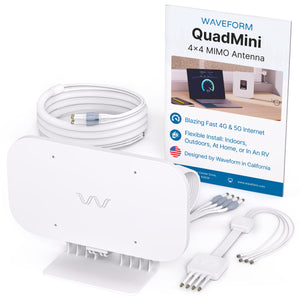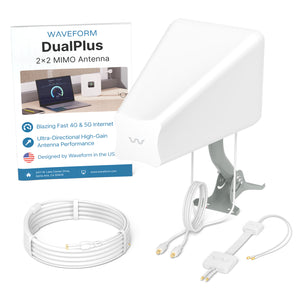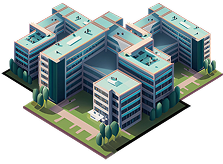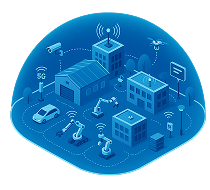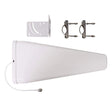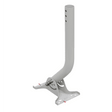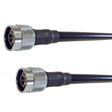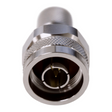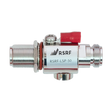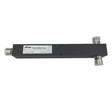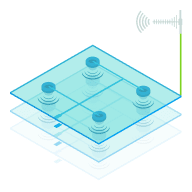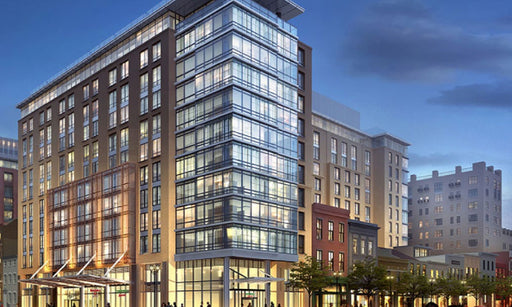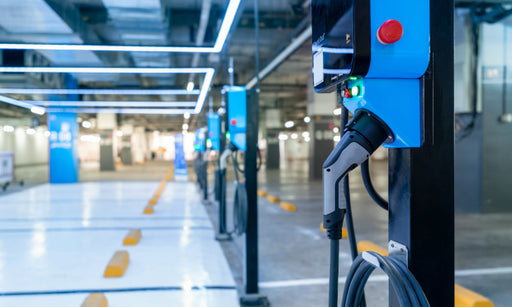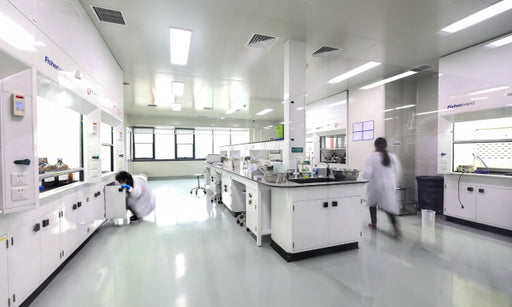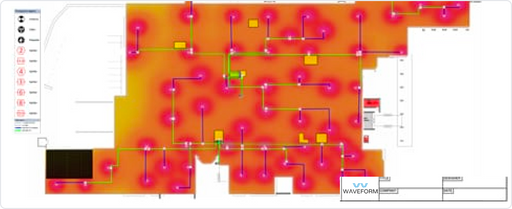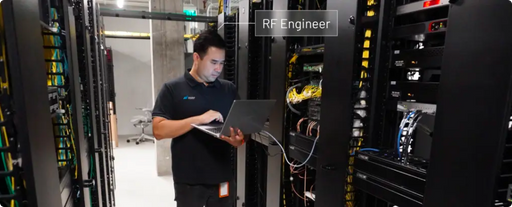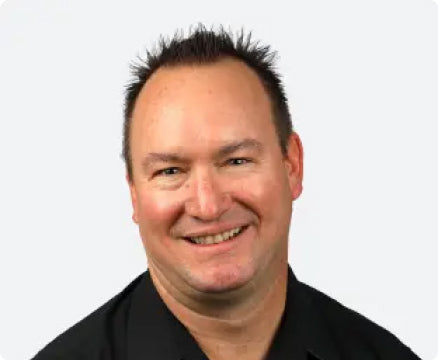How DAS Works
A DAS either captures existing cellular signal from outside cell towers or generates it internally. This signal is then distributed through a building using strategically placed antennas. The multiple smaller antennas work together to provide consistent, reliable coverage throughout the entire space, replacing the need to rely on external cell tower signals attempting to penetrate the building's structure.
Where DAS is Used
🏢 Office Buildings
Essential for modern workplaces where reliable cellular connectivity impacts productivity and communication. Particularly valuable in high-rise buildings and campus environments where external signals struggle to penetrate.
🏥 Healthcare Facilities
Critical for hospitals and medical centers where consistent communication is essential for patient care, emergency response, and medical device connectivity. Supports both staff and patient connectivity needs.
🏨 Hotels & Venues
Ensures guest satisfaction in hotels, convention centers, and entertainment venues where large numbers of people expect reliable service. Particularly important for business centers and conference facilities.
🏭 Warehouses & Manufacturing
Enables crucial communication in challenging environments with metal structures, high shelving, and thick walls. Supports modern logistics operations and IoT device connectivity across large industrial spaces.
🎓 Educational Institutions
Provides campus-wide coverage for students, faculty, and staff across multiple buildings. Supports emergency communications and enables modern learning technologies.
Key Benefits
- Reliable Coverage: Eliminate dead zones and weak spots throughout your building. DAS provides consistent signal strength across all covered areas, from basement levels to top floors, and even in traditionally difficult spaces like elevators and stairwells.
- Multi-Carrier Support: One system supports all major cellular carriers, eliminating the need for carrier-specific solutions. This ensures all users have access to strong cellular service, regardless of their provider.
- High-Capacity Performance: A DAS system is engineered to handle the demands of hundreds or thousands of simultaneous users without any degradation in service quality. Even during periods of peak usage, such as large events or busy business hours, the system maintains consistent performance levels for all users. This robust capacity ensures that high-bandwidth applications and data-intensive tasks run smoothly, preventing the congestion issues that commonly plague crowded spaces.
- Future-Ready Technology: Today's DAS installations are designed with tomorrow's technology in mind. These systems are built to be compatible with current 5G networks while maintaining the flexibility to adapt to future cellular standards as they emerge. The scalable nature of DAS allows for straightforward capacity expansion as your needs grow, protecting your investment through multiple cycles of technological advancement. This forward-thinking design ensures your DAS will continue delivering value well into the future.



















